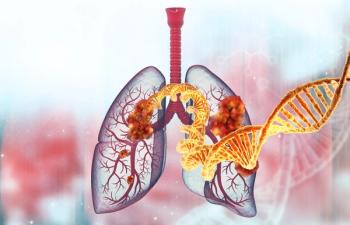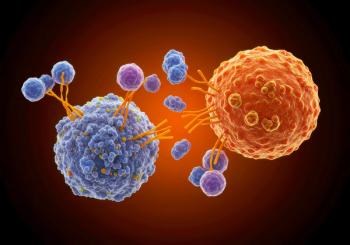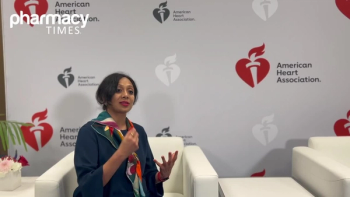
Insufficient Data on Cannabis Products’ Reduction of Symptoms in Pediatric Cancer, Further Research Necessary
Despite the limited data, prior research indicates there are no serious cannabis-related adverse effects in pediatric patients.
In recent years, cannabis products—both synthetic cannabinoids and natural phytocannabinoids—have become more popular with patients with cancer as a method of managing symptoms including pain, anxiety, and weight loss; however, pediatric oncologists are hesitant to allow cannabis use for their pediatric patients due to the limited information on dosing, product selection, and safety monitoring.1
In a recent analysis published in Cancer, investigators assessed 1927 participants across 19 previous studies that reported the use of various cannabis products for symptom management. Cannabinoids were most commonly used to reduce chemotherapy-induced nausea and vomiting (present in 11 of the 19 [58%] studies). The cannabis products included medical-grade cannabinoids (eg, the prescription drug nabilone [Cesamet; Valeant Pharmaceuticals]), synthetic cannabinoids, and unspecified cannabis herbal extracts.1,2
Most of the children receiving medical cannabis in the studies were diagnosed with tumors in their central nervous systems or blood-related cancers. Across the controlled studies, somnolence, dizziness, dry mouth, feeling high, increased appetite, altered mood and perception, and withdrawal due to adverse effects (AEs) were commonly associated with the use of cannabinoids. According to the investigators, no serious cannabis-related AEs were reported in the studies. Additionally, CBD usage was associated with long-term AEs including an increase in seizure frequency, weight gain or weight loss, fatigue, anorexia, diarrhea, and somnolence.1
Study author Lauren Kelly, PhD, associate professor of pharmacology and therapeutics in the Rady Faculty of Health Sciences at the University of Manitoba, had noted that most of the examined studies did not properly describe the types, dosing, frequencies, and routes of cannabis administration, resulting in outcomes being mixed and reported in different ways. She suggests researchers should establish standards for reporting cannabis exposures, cannabis-related effects, and patient outcomes.2
“It was difficult to measure benefit across studies, given a range of different outcomes and study designs; however, in interventional studies with active control groups, cannabinoids performed better in managing nausea and vomiting. Data are lacking on cannabinoids’ effects on pain, mood, sleep, and health-related quality of life,” said Kelly in a press release.2
Limitations of the systematic review included the lack of uniformity in studies due to the quality of evidence, the lack of case-control or cohort studies, and the high variability in the reporting of outcome data that contributed to the investigators’ inability to perform a quantitative synthesis. Further, there was a lack of information on the medications that the study participants were taking throughout the duration of the cannabinoid trials, which limited the investigators’ ability to provide accurate advice on safety precautions surrounding drug-drug interactions.1
Despite the prior evidence supporting the use of cannabis for managing symptoms, the dosing, safety, and efficacy of cannabinoids in pediatric cancer remains insufficiently studied, according to the study investigators. Due to the increasing interest and use of medical cannabis, the investigators urge that additional research be performed on the effects of cannabinoids on pediatric patients with cancer.1
“Given that some children report benefits and some children experience AEs, it is critical that more rigorous studies evaluating the effects of cannabinoids on children with cancer are conducted and shared with parents, patients, and the health care community,” said Kelly in the press release.2
References
1. Chhabra M, Ben-Eltriki M, Paul A, et al. Cannabinoids for symptom management in children with cancer: A systematic review and meta-analysis. Cancer. 2023;n/a. doi:10.1002/cncr.34920.
2. University of Manitoba. Are cannabis products safe and effective for reducing symptoms in children with cancer? News release. August 28, 2023. Accessed on August 28, 2023.
Newsletter
Stay informed on drug updates, treatment guidelines, and pharmacy practice trends—subscribe to Pharmacy Times for weekly clinical insights.















































































































































































































